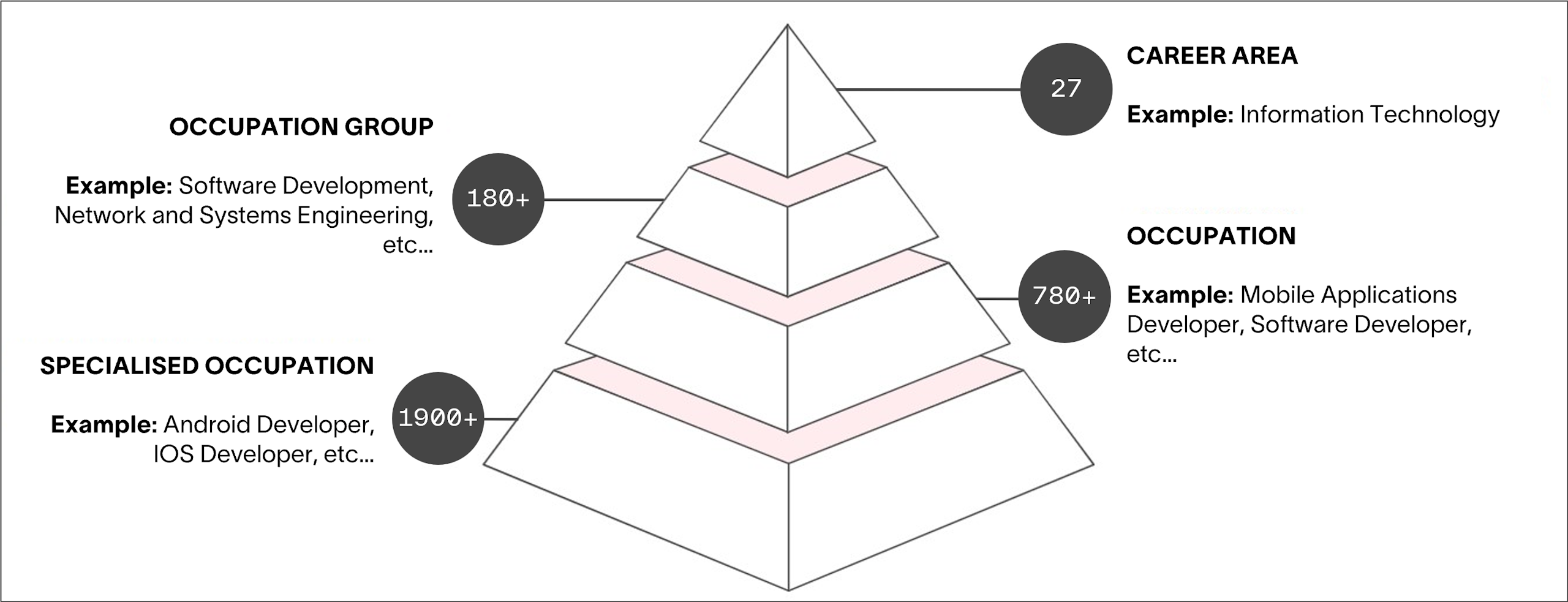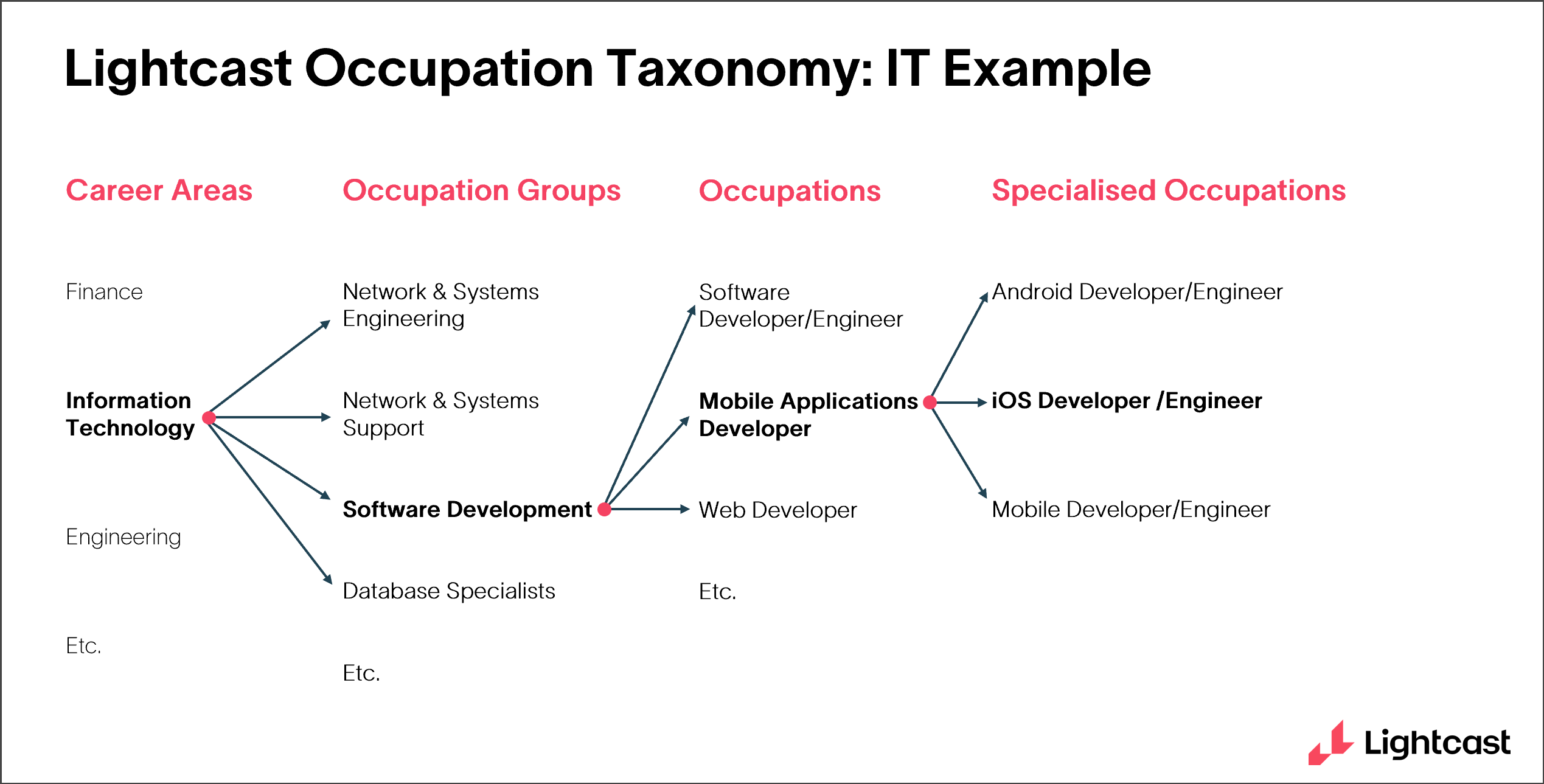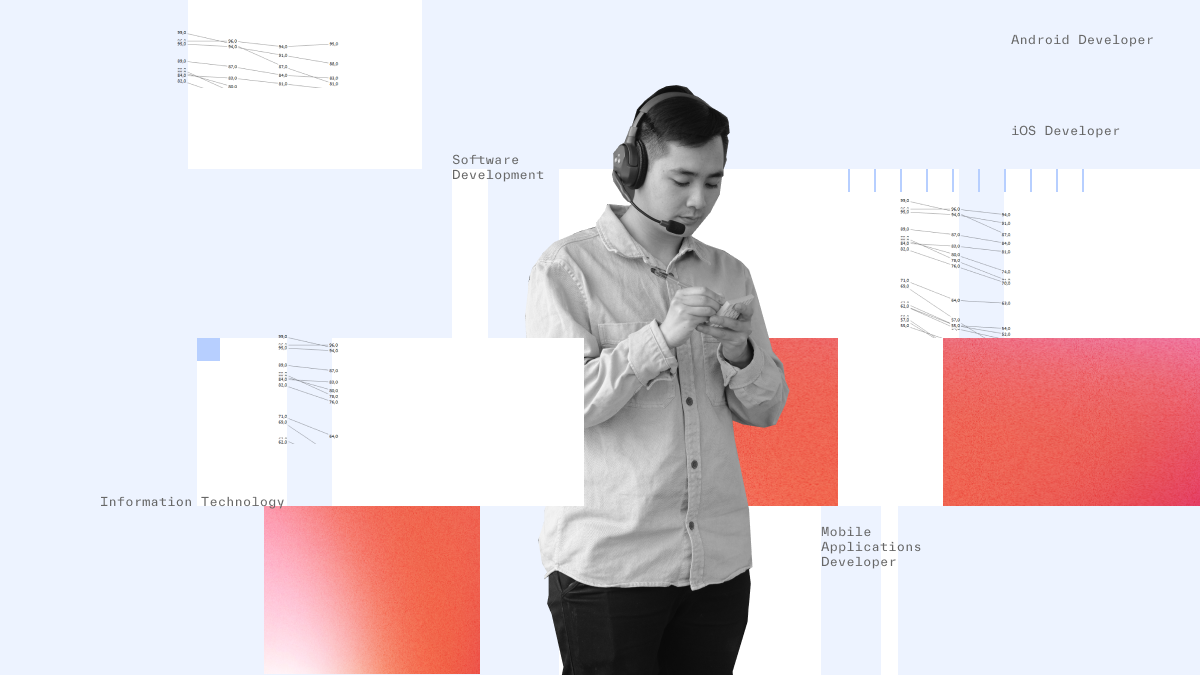Labour markets are complex and ever-changing, so to track them properly, our taxonomies need to adapt too. To make sure that our customers are getting the most accurate and granular data possible, Lightcast has launched a very exciting update to our current Lightcast Occupation Taxonomy (LOT), previously known as Global Occupational Taxonomy (GOT).
In this article, we share a little more about the upcoming update, the Lightcast Occupation Taxonomy, its benefits, and how you can best leverage our new LOT version to gather relevant labour market insights for your organisation.
The update to our Lightcast Occupation Taxonomy
Lightcast rolled out the latest version of LOT in the United States in late 2022. Following its success, we have extended the updated version of our taxonomy to the UK. Therefore, as of the 14th of April 2023, the latest version of LOT is available in Analyst, FE Analyst, and all of our data products in the UK.
The main difference between these versions is that you can now see a Specialised Occupations category, which offers a highly granular view of roles that match the exact job titles companies are advertising for. Below we explain how this new feature can help you analyse labour market trends in more detail.
What the new update means for Lightcast customers
With this update, users can check very granular roles and develop more meaningful career pathways. For example, within the software development category, there are twenty new software developer and architecture roles, including Full Stack Developer, Blockchain Developer or Integration Architect.
The new level enables us to really dive deep into each occupation and understand the exact skills and specialisation it requires. For instance, a Blockchain Developer position is likely to require knowledge of blockchain technology, but we wouldn’t know that if we studied the broader Software Development occupation.
Aside from the specialisations of occupations, we can now also see the various roles available within the senior management of an organisation, such as Chief Strategy Officer (CSO), Chief People Officer (CPO) and Chief Information Security Officer (CISO).
Despite all of these roles being under the same umbrella (senior management), the skills needed to perform these vary widely. A Chief People Officer is likely to need HR-related skills, while CISOs have a much stronger focus on IT and security.
We can also analyse emerging roles for modern human resources organisations, such as corporate Diversity, Equity and Inclusion (DEI), which we wouldn’t know about by looking purely at the broader level. Plus, using the updated LOT, we can compare Specialised Occupations in the UK with those of the United States and Canada.
What is the Lightcast Occupation Taxonomy (LOT)?

The Lightcast Occupation Taxonomy is a proprietary taxonomy that organises occupations into four different categories, from a broad to a highly detailed level. This enables us to really drill down into specific occupations and understand the exact job titles employers are searching for.
The LOT is divided into the following four levels:
Career Area - this is the broadest level, and brings together broad occupational categories which are similar in terms of role requirements. While it doesn’t offer the same level of detail as our specialised occupations, it enables you to have a broader view of labour market trends and patterns.
Occupation Group - slightly more detailed than career areas, occupation groups are clusters of occupations that share very similar skills or role requirements. Typically they describe career fields available in the market for students and graduates, such as Software Development.
Lightcast Occupation - working roles that require a distinct mix of knowledge, skills and abilities. These are designed to align with national taxonomies, undergraduate degree programs or careers associated with graduates or workers entering a new industry.
Specialised Occupation - highly granular roles that match the titles advertised by employers in job postings. As the name suggests, specialised occupations required a very unique/specialised set of skills, responsibilities, or relevant education. These can be used by education providers to track demand for specialised masters, for instance, or by talent organisations to understand how other companies are hiring and the types of most in-demand skills.
The Lightcast Occupation Taxonomy has 27 Career Areas, 180+ Occupations Groups, 780+ Occupations and 1900+ Specialised Occupations. These numbers give you a brief idea of the level of granularity you can get using Lightcast tools. You can also check the example below, where we take a career area - Information Technology - and drill down into its Occupation Group, then to its Occupations and, lastly, to its Specialised Occupations.

The benefits of the Lightcast Occupation Taxonomy
The Lightcast Occupation Taxonomy offers a myriad of benefits for education providers, businesses and economic development organisations. LOT enables our data to be:
Granular
LOT provides significantly more granularity than governmental taxonomies, which enables a more in-depth analysis of the labour market, including a better understanding of the skills needs of each role, and the potential career paths of employees.
Specific
Each company has its way of naming a role. Our Specialised Occupations update enables us to identify job titles that are the same, but may be written differently. By closing this language gap, we can have a more accurate picture of occupation and skills trends.
Global
We apply a single taxonomy to postings, profiles and governmental data. You don’t have to use different taxonomies and do the guesswork of matching job titles. This makes it much easier, simpler, and more accurate to compare labour market data globally or regionally.
Responsive
Our LOT is updated annually, which is frequent enough to keep updated with market changes, yet infrequent enough to ensure your comparisons are accurate over time.
Got any questions?
If you’re a current Lightcast customer and have any questions about this update or would like to learn more about using this taxonomy in your day-to-day work, please contact your dedicated account manager.
If you aren’t a Lightcast customer, but would like to learn more about Lightcast’s unparalleled labour market data, do reach out to our team below. We would love to work together to solve your labour market challenges and unlock new opportunities for your organisation.



